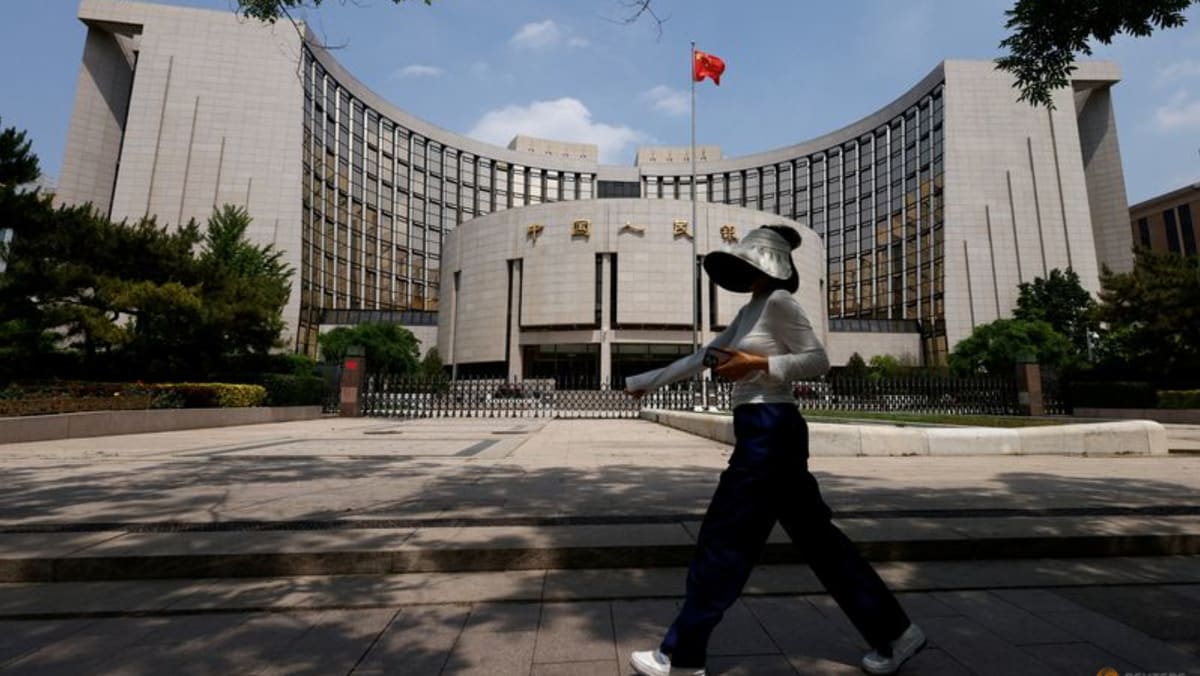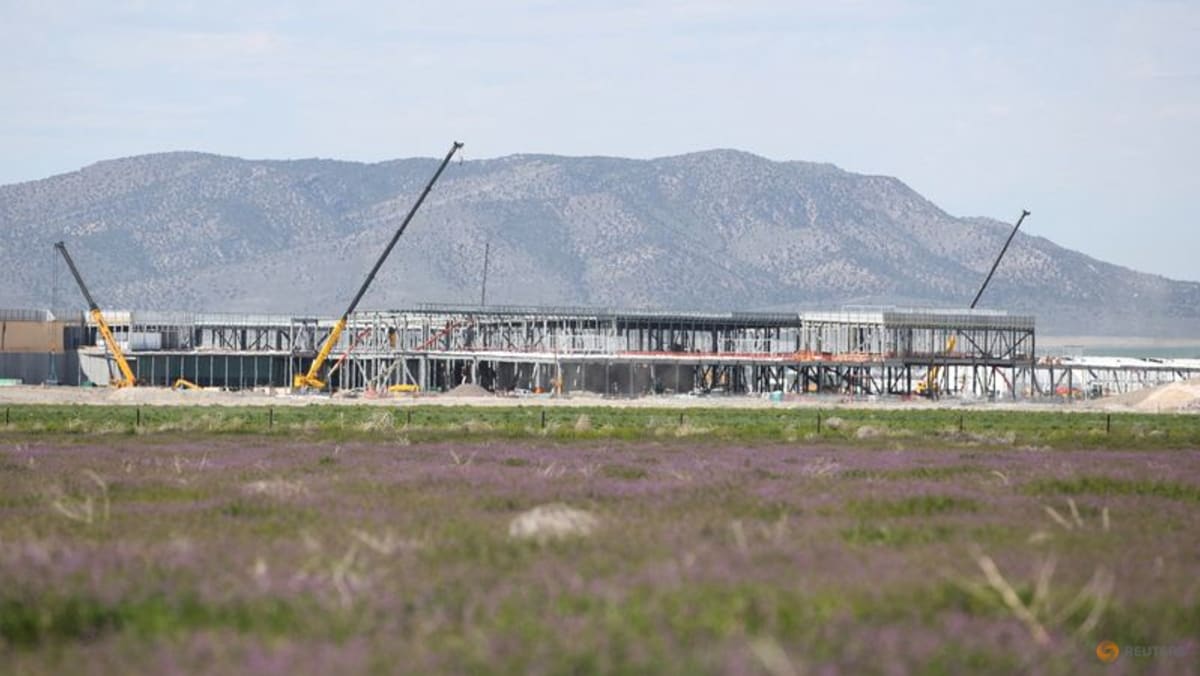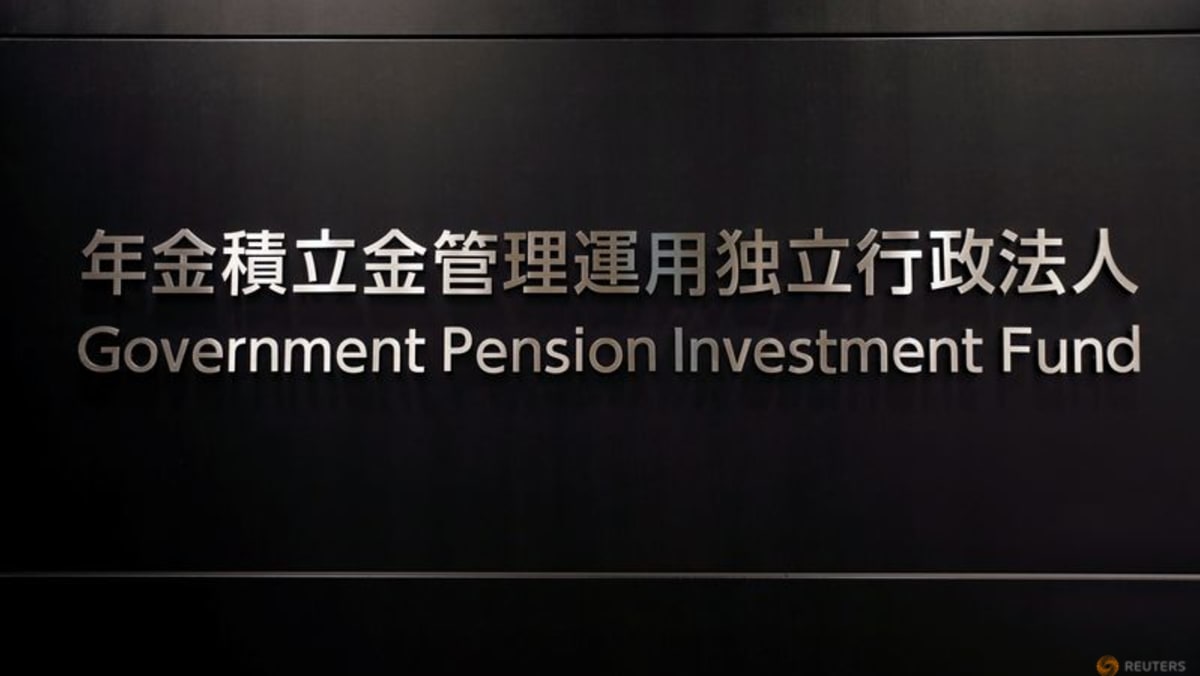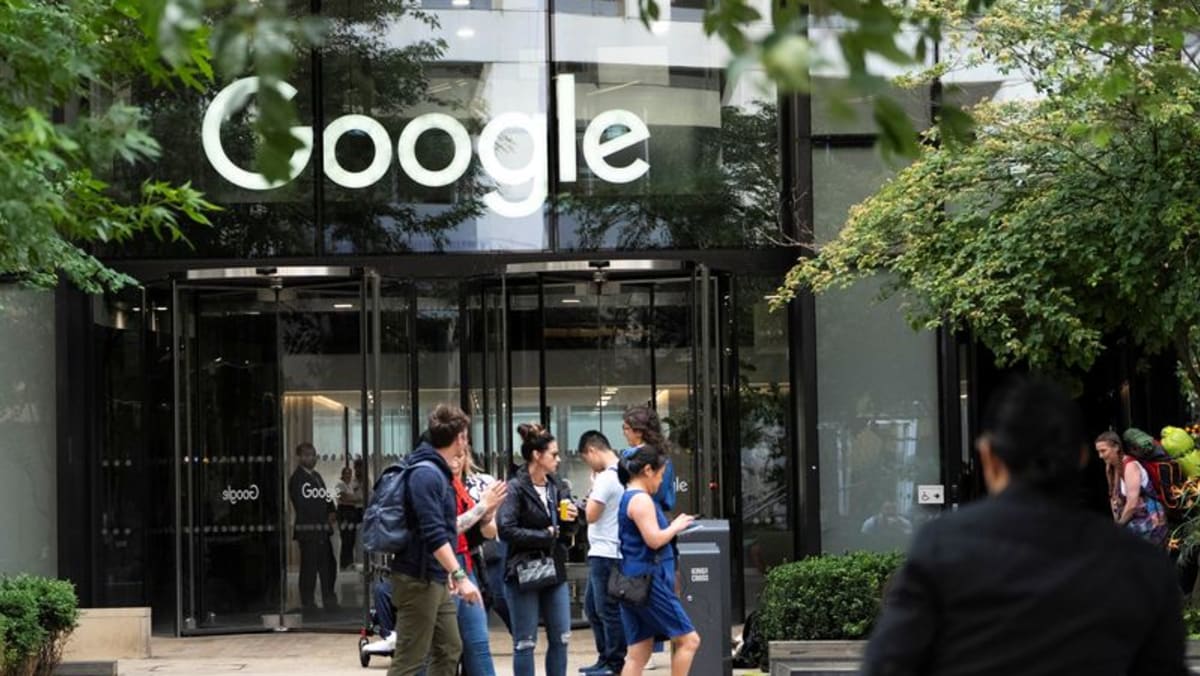BEIJING: China’s central bank on Tuesday (May 20) cut two key interest rates to historic lows, as Beijing battles to stimulate its economy amid seesaw trade tensions with the United States.
Beijing and Washington have been locked in a bruising trade war but last week agreed to slash sweeping tariffs on each other’s goods for 90 days.
The deterioration in trade ties has come as China’s economy already faces persistent headwinds from a long-term domestic spending slump, a protracted debt crisis in the property sector and high youth unemployment.
The People’s Bank of China said Tuesday that the one-year Loan Prime Rate (LPR), the benchmark for the most advantageous rates lenders can offer to businesses and households, would be cut from 3.1 per cent to 3.0 per cent.
The five-year LPR, the benchmark for mortgage loans, was cut from 3.6 per cent to 3.5 per cent, it said.
Both rates were last cut in October to what were then record lows.
“The rate cuts will reduce interest payments on existing loans, taking some pressure off indebted firms. It will also reduce the price of new loans,” Zichun Huang, China economist at Capital Economics, said in a note.
“But modest rate cuts alone are unlikely to meaningfully boost loan demand or wider economic activity,” she said.
“Today’s reductions … probably won’t be the last this year,” Huang said.
China has set an annual GDP growth target of around 5 per cent for 2025, an aim that analysts say is ambitious given the economic challenges it faces.
However, data for the first quarter was unexpectedly strong, with authorities announcing a 5.4 per cent year-on-year expansion according to preliminary estimates.
“COMPLEX SITUATION”
Official data on Monday showed China’s factory output grew at a faster rate than expected last month, weathering the trade war with Washington.
Industrial production grew 6.1 per cent year-on-year in April, according to figures published by the National Bureau of Statistics (NBS).
The reading was higher than the 5.7 per cent forecast in a Bloomberg survey, but still lower than the 7.7 per cent jump recorded for March.
The NBS said the economy “withstood pressure and grew steadily in April”, but acknowledged a “complex situation of increasing external shocks and layered internal difficulties and challenges”.
Other data showed retail sales – a key gauge of domestic demand – grew 5.1 per cent year-on-year last month, short of the 5.8 per cent growth forecast by Bloomberg.
The reading also marked a slowdown from March’s 5.9 per cent growth.
April saw the price of new residential properties contract in 67 out of 70 surveyed cities, reflecting continued consumer caution, according to the data.














